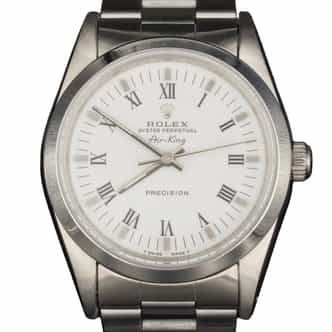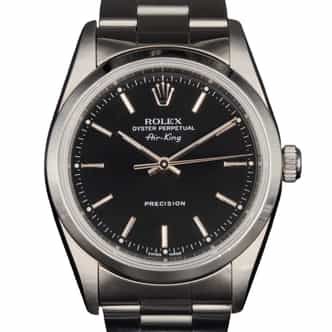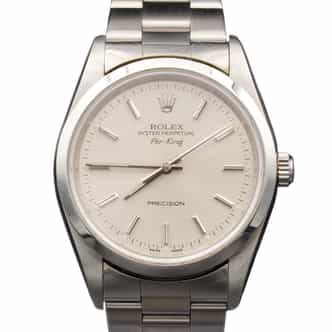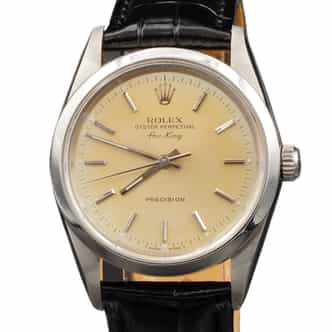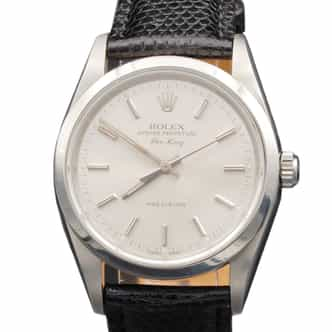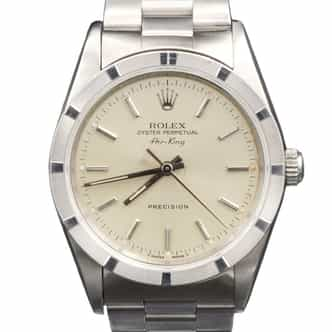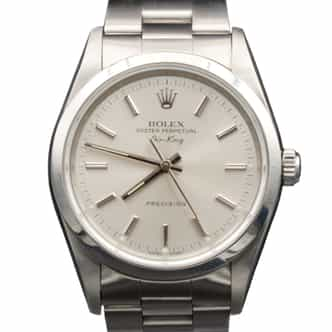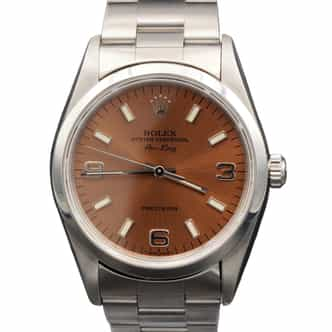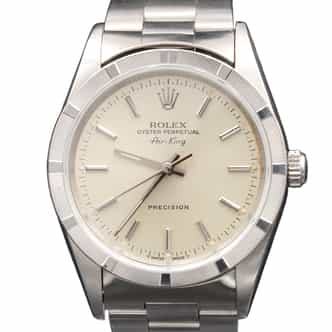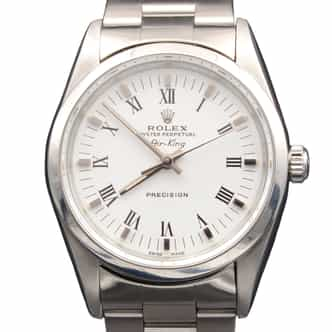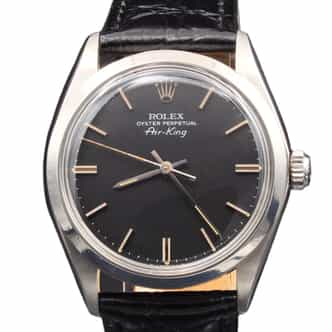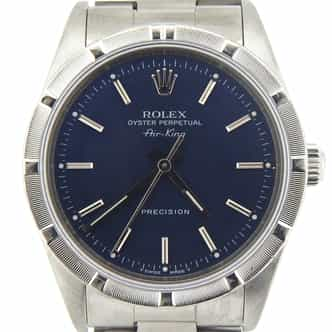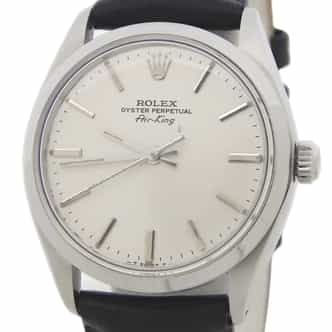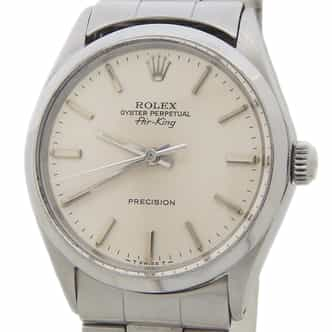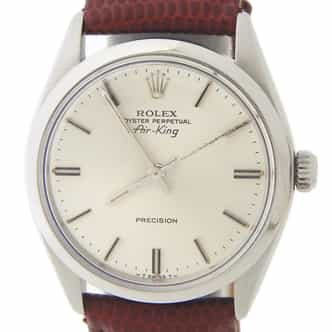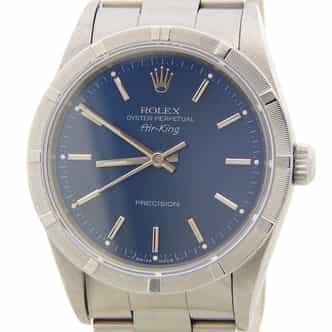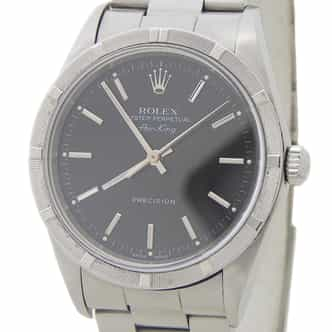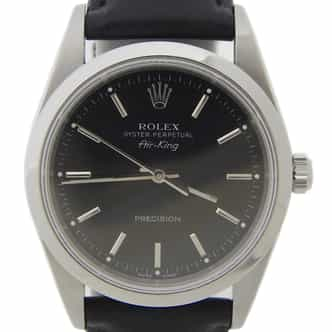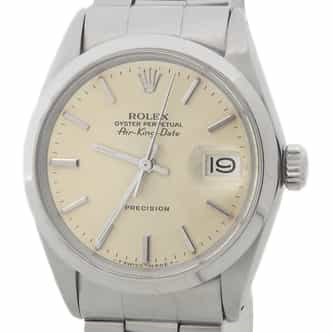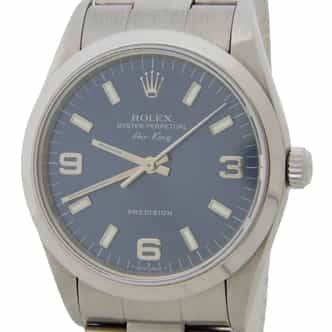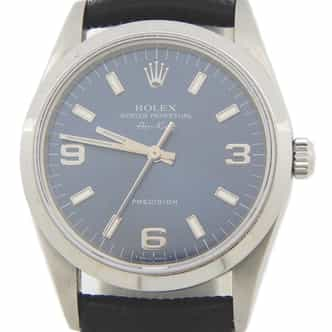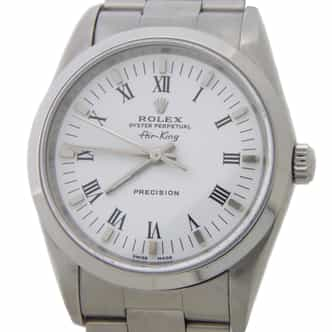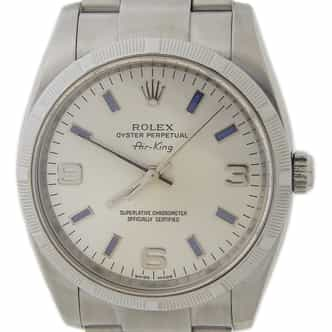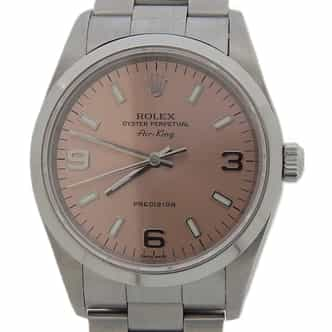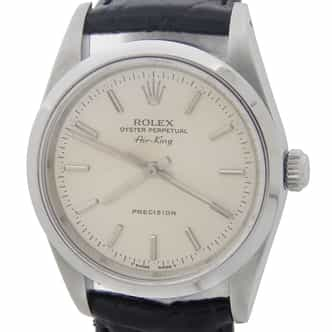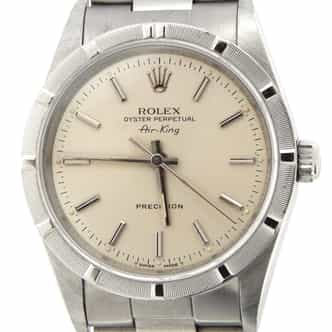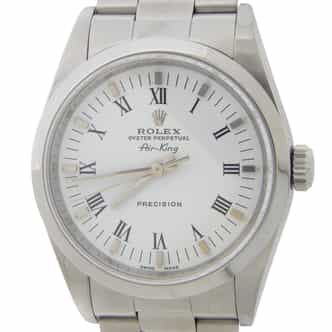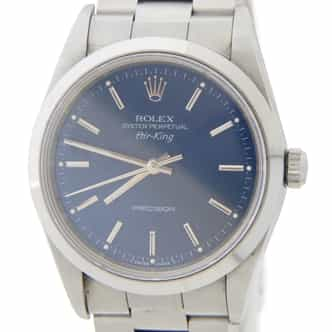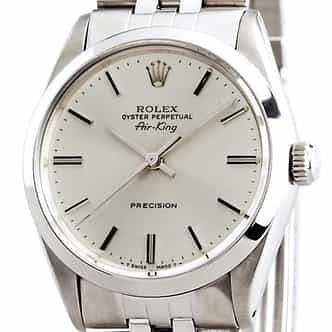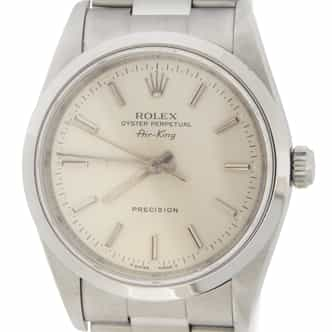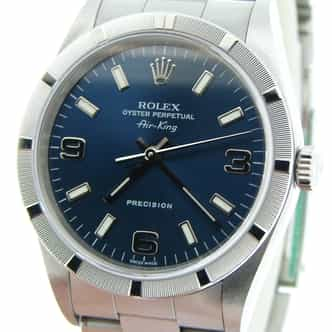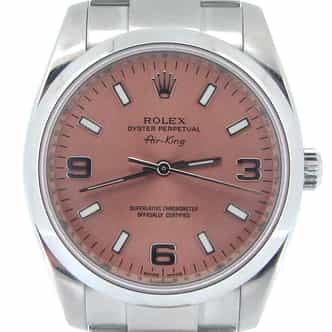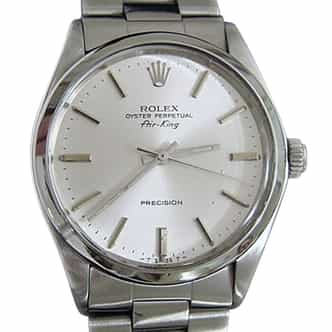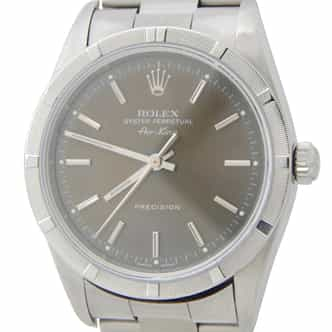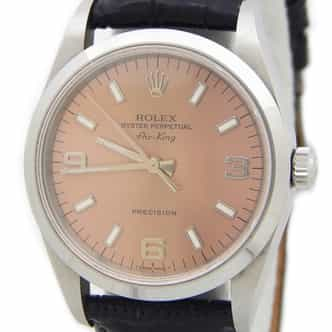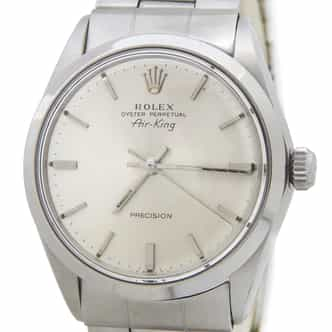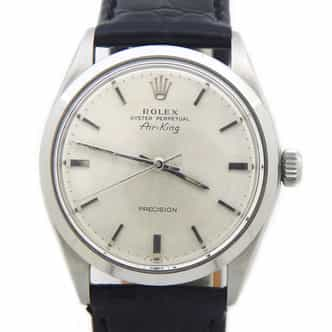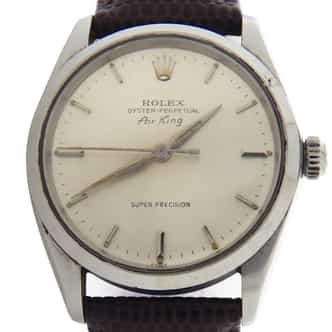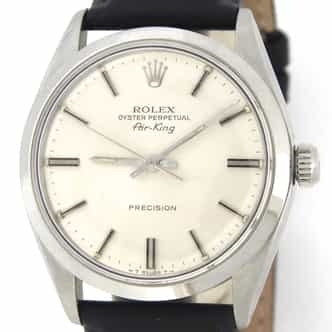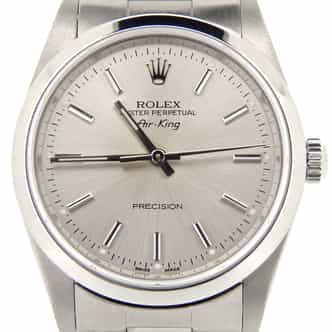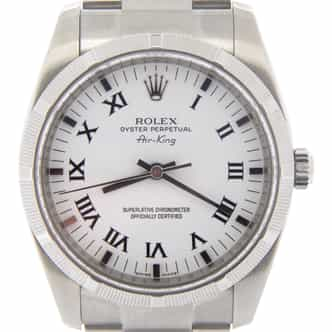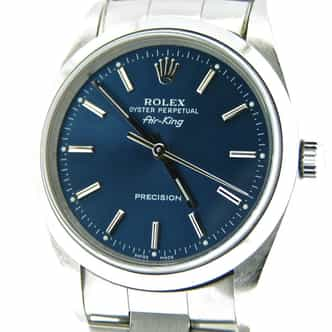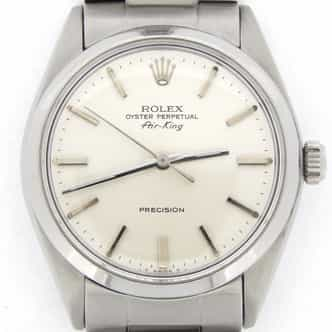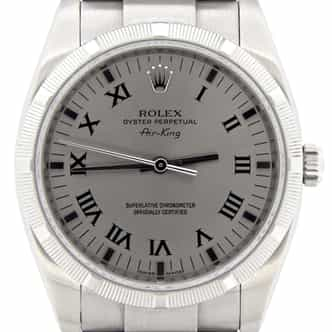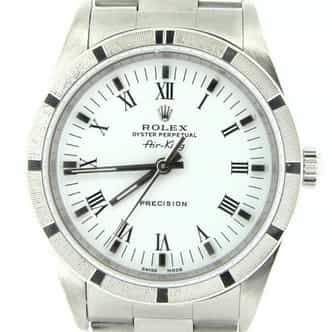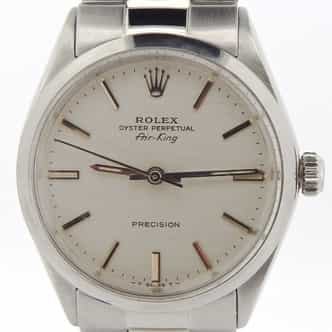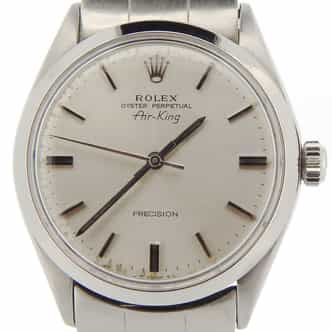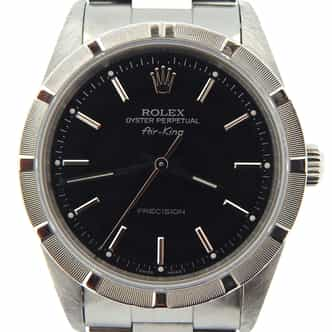-
Your Price:
$4,799.98 $350 | Coupon: JULY350 -
Your Price:
$5,499.98 $500 | Coupon: JULY500 -
Your Price:
$5,199.98 $500 | Coupon: JULY500 -
Your Price:
$4,399.98 $350 | Coupon: JULY350 -
Your Price:
$4,399.98 $350 | Coupon: JULY350 -
Your Price:
$4,799.98 $350 | Coupon: JULY350 -
Your Price:
$4,699.98 $350 | Coupon: JULY350 -
Your Price:
$5,299.98 $500 | Coupon: JULY500 -
Your Price:
$4,799.98 $350 | Coupon: JULY350 -
Your Price:
$4,799.98 $350 | Coupon: JULY350 -
Your Price:
$4,599.98 $350 | Coupon: JULY350 -
Your Price:
$4,949.98 $350 | Coupon: JULY350 -
Your Price:
$3,449.98 $350 | Coupon: JULY350 -
Your Price:
$3,549.98 $350 | Coupon: JULY350 -
Your Price:
$3,449.98 $350 | Coupon: JULY350 -
Your Price:
$5,199.98 $500 | Coupon: JULY500 -
Your Price:
$5,499.98 $500 | Coupon: JULY500 -
Your Price:
$4,699.98 $350 | Coupon: JULY350 -
Your Price:
$4,949.98 $350 | Coupon: JULY350 -
Your Price:
$5,399.98 $500 | Coupon: JULY500 -
Your Price:
$4,799.98 $350 | Coupon: JULY350 -
Your Price:
$5,199.98 $500 | Coupon: JULY500 -
Your Price:
$6,799.98 $500 | Coupon: JULY500 -
Your Price:
$5,599.98 $500 | Coupon: JULY500 -
Your Price:
$4,399.98 $350 | Coupon: JULY350 -
Your Price:
$4,799.98 $350 | Coupon: JULY350 -
Your Price:
$5,199.98 $500 | Coupon: JULY500 -
Your Price:
$5,999.98 $500 | Coupon: JULY500 -
Your Price:
$4,699.98 $350 | Coupon: JULY350 -
Your Price:
$4,399.98 $350 | Coupon: JULY350 -
Your Price:
$6,899.98 $500 | Coupon: JULY500 -
Your Price:
$6,599.98 $500 | Coupon: JULY500 -
Your Price:
$3,749.98 $350 | Coupon: JULY350 -
Your Price:
$4,899.98 $350 | Coupon: JULY350 -
Your Price:
$4,399.98 $350 | Coupon: JULY350 -
Your Price:
$3,549.98 $350 | Coupon: JULY350 -
Your Price:
$3,449.98 $350 | Coupon: JULY350 -
Your Price:
$3,449.98 $350 | Coupon: JULY350 -
Your Price:
$3,449.98 $350 | Coupon: JULY350 -
Your Price:
$5,199.98 $500 | Coupon: JULY500 -
Your Price:
$6,799.98 $500 | Coupon: JULY500 -
Your Price:
$5,599.98 $500 | Coupon: JULY500 -
Your Price:
$3,449.98 $350 | Coupon: JULY350 -
Your Price:
$7,199.98 $500 | Coupon: JULY500 -
Your Price:
$4,999.98 $350 | Coupon: JULY350 -
Your Price:
$3,449.98 $350 | Coupon: JULY350 -
Your Price:
$3,549.98 $350 | Coupon: JULY350 -
Your Price:
$5,499.98 $500 | Coupon: JULY500





